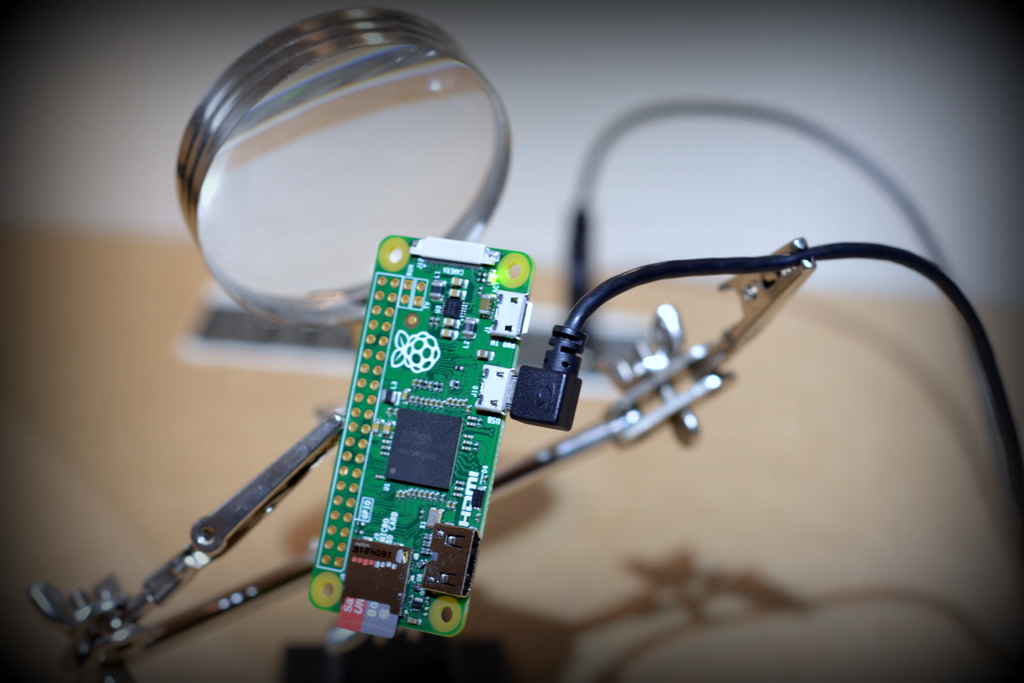Fix SSH Key Not Working On Remote IoT Platform: A Guide
Are you wrestling with the frustrating reality of a malfunctioning SSH key on your remote IoT platform, particularly when paired with a Raspberry Pi? The inability of an SSH key to properly authenticate can be a significant impediment, grinding workflows to a halt and throwing a wrench into your productivity.
SSH keys, in their essence, are cryptographic sentinels. They stand guard, verifying the identity of the user and granting secure access between your local machine and the remote server, safeguarding your valuable data and systems. When these keys fail, the secure channel crumbles, leaving you locked out and struggling to maintain control of your remote devices. The repercussions can be felt acutely in projects dependent on real-time data acquisition, remote control, or any application where continuous, secure access is paramount.
But the good news is that you are not alone. The challenge of SSH key management is a common hurdle in the realm of remote IoT platforms, particularly when interfacing with devices like the ubiquitous Raspberry Pi. The goal is to provide a robust and secure method of accessing your remote devices without the need to enter passwords every time you connect.
- Movierulz 2025 Latest Telugu Tamil More Watch Now
- Movierulz 2025 Latest Telugu Movies Trends Stay Updated
The following table offers a deep dive into the intricacies of diagnosing and resolving common SSH key problems within the remote IoT ecosystem:
| Problem Area | Potential Causes | Troubleshooting Steps | Best Practices |
|---|---|---|---|
| Key Not Added to Authorized Keys |
|
|
|
| Incorrect Key Permissions |
|
|
|
| Key Format Issues |
|
|
|
| Firewall Blocking SSH |
|
|
|
| Network Configuration Problems |
|
|
|
| Remote IoT Platform Configuration Issues |
|
|
|
For more detailed information, please refer to the official documentation on Secure Shell (SSH) at man.freebsd.org.
Article Recommendations
- Where To Watch Alternatives Your Guide To Vega Vegamoviesist
- Movierulz Updates Latest Telugu Movies More Dont Miss Out



Detail Author:
- Name : Rusty Schmitt Sr.
- Username : conroy.anissa
- Email : josie31@hotmail.com
- Birthdate : 1971-12-07
- Address : 7438 Gleichner Rest Apt. 648 Framimouth, SD 90454-0097
- Phone : 445.877.6300
- Company : Gerlach, Shields and Christiansen
- Job : Radio Mechanic
- Bio : Qui porro qui dolorem laboriosam. Voluptas saepe est sunt sed et. Commodi consequuntur rerum numquam voluptas tempore fugit.
Socials
linkedin:
- url : https://linkedin.com/in/name_wisoky
- username : name_wisoky
- bio : Distinctio ea voluptas soluta fuga.
- followers : 5346
- following : 1592
instagram:
- url : https://instagram.com/name522
- username : name522
- bio : Et tempora dolorem qui laboriosam explicabo fugit. Ut et occaecati qui quis quas quia ipsa.
- followers : 3376
- following : 2515